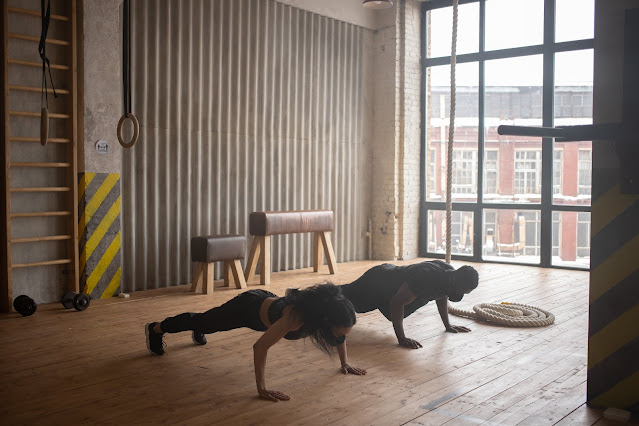Soleus muscle exercises: Here's how engaging this 'special' muscle can help you manage blood sugar
The soleus, a effective calf muscle, performs an crucial position in stabilizing the ankle and is heavily concerned in sports inclusive of walking and standing.
Exercise is a cornerstone in handling blood sugar levels, and while many humans recognition on the main muscle companies, the soleus muscle's role in this context is regularly omitted. The soleus, a effective calf muscle, performs an important function in stabilizing the ankle and is heavily worried in activities inclusive of walking and standing. Their research, published in the journal iScience, found that soleus push-ups help regulate metabolic activity and blood sugar.
Benefits of Soleus Muscle Exercises
 |
| Soleus muscle exercises: Here's how engaging this 'special' muscle can help you manage blood sugar |
The 2009 version of Flaps and Reconstructive Surgery states that the soleus is positioned in the calf, which runs from the knee to the heel. Its primary feature is to assist bend the ankle, which enables us stand, stroll, and hold balance. The soleus is composed frequently of gradual-twitch muscle fibers, making it appropriate for patience activities.
Here's how soleus muscle exercises can help decrease blood pressure:
- Improved insulin sensitivity: Incorporating the soleus into exercises like calf increases or heel drops increases insulin sensitivity, making cells more conscious of insulin and enhancing glucose uptake.
- Improved Blood Circulation: Soleus sporting events stimulate blood glide, which helps in the efficient shipping of glucose and oxygen at some stage in the frame's cells, thereby promoting better blood sugar regulation.
- Caloric expenditure: Working the soleus helps with normal caloric expenditure, enables with weight management, and reduces the threat of insulin resistance.
- Post-meal blood sugar spikes: Incorporating soleus-focused activities, especially after meals, helps reduce post-meal blood sugar spikes. After dinner, consider taking a short walk or sitting down to lift your heels.
Conclusion:
The soleus muscle, often overlooked in traditional exercise routines, plays a significant role in stabilizing the ankle and supporting activities like walking and standing. Recent research has shed light on the importance of incorporating soleus-focused exercises into fitness regimens, especially concerning blood sugar management.
By engaging in exercises that target the soleus muscle, such as calf raises or heel drops, individuals can experience various benefits for their overall health. These exercises improve insulin sensitivity, enhance blood circulation, and aid in regulating blood sugar levels, thus contributing to better metabolic health.
Furthermore, the soleus muscle's involvement in endurance activities makes it a valuable asset in maintaining physical fitness and preventing conditions like insulin resistance. Incorporating soleus exercises into daily routines, particularly after meals, can help mitigate post-meal blood sugar spikes and promote overall well-being.
In summary, recognizing the role of the soleus muscle in metabolic health and incorporating targeted exercises to strengthen it can be instrumental in achieving optimal blood sugar regulation and overall fitness. Embracing a holistic approach to exercise that includes soleus muscle workouts can pave the way for a healthier and more active lifestyle.
FAQs:
What is the role of the soleus muscle in managing blood sugar levels?
- The soleus muscle plays a crucial role in stabilizing the ankle and is heavily involved in activities like walking and standing. Soleus exercises, such as calf raises or heel drops, can improve insulin sensitivity, enhance blood circulation, and aid in regulating blood sugar levels.
Where is the soleus muscle located, and what are its primary functions?
- The soleus muscle is located in the calf, running from the knee to the heel. Its primary function is to assist in bending the ankle, facilitating standing, walking, and maintaining balance. Comprising predominantly slow-twitch muscle fibers, the soleus is well-suited for endurance activities.
How do soleus muscle exercises contribute to lowering blood pressure?
- Soleus exercises promote improved insulin sensitivity, allowing cells to better respond to insulin and uptake glucose efficiently. Additionally, these exercises stimulate blood flow, facilitating the transportation of glucose and oxygen throughout the body, leading to better blood sugar regulation.
What are the additional benefits of engaging in soleus muscle exercises?
- Apart from regulating blood sugar levels, soleus-focused activities contribute to overall caloric expenditure, aiding in weight management and reducing the risk of insulin resistance. Moreover, incorporating these exercises, particularly after meals, can help mitigate post-meal blood sugar spikes.








Post a Comment